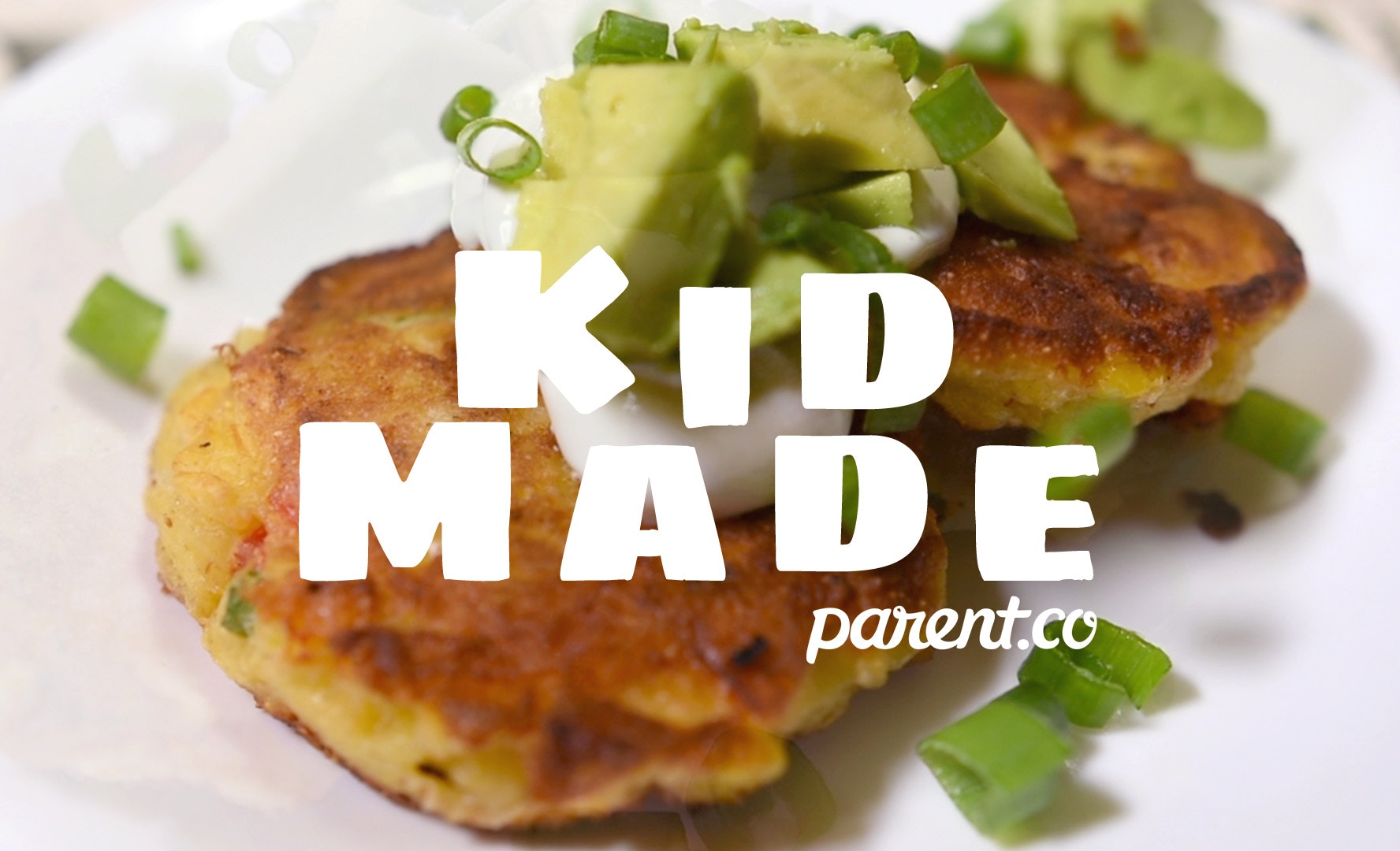This summer, the moon will pass between the sun and the Earth so that its shadow completely blocks the sun’s rays, creating a total solar eclipse. My family has been planning to observe the eclipse for almost a year now. We have combined excitement, adventure, science, and storytelling to help our children understand the event.
NASA has been our primary resource for all things eclipse related. Here’s what you need to know about experiencing this incredible phenomenon with children.
When will the solar eclipse occur?
Monday, August 21, 2017. The next total solar eclipse in the United States will be in April of 2024. This will be the only time to experience an event like this with your children while they are still children. The next time the moon’s shadow completely blocks out the sun, your kids will be adults.
Where will it happen?
This interactive map can help you locate the path of the eclipse. The path of totality spans across the continental U.S. from Oregon to South Carolina, but all of North America will experience at least some of this incredible sight.
This video shows what the eclipse will look like across various points on the continental U.S. and other locations in North America. In celebration of the eclipse, there are
countless events popping up across the country, including ones sponsored by NASA, public libraries, National Parks, and zoos. If you are outside of the path of totality, you don’t have to miss out! You can still
tune in to experience this incredible event. NASA will be
streaming live video of eclipse coverage on their website and social media feeds.
What do you need?
The entire eclipse process is a lengthy one, lasting approximately two-and-a-half hours from when the moon begins to partially cover the sun, through totality, ending when the moon passes completely on the other side. If you are observing as a family and not at a special event location, be prepared to occupy the time. Bring water, snacks, and fun activities. Fun activities can be anything from favorite books, games, or toys to eclipse related science or art projects. Also, be sure to bring equipment to view the eclipse safely!
Safety first
Eye safety is critical when experiencing the eclipse. There is a brief window when can you view the total eclipse – the moon surrounded by the sun’s corona – with the naked eye. At all other times, it is unsafe to look directly at the sun. Eclipse glasses are the only safe way to directly view the eclipse. When purchasing eclipse glasses, be sure to check that they meet the ISO 12312-2 international safety standard for direct solar viewing. Some events may provide eclipse glasses for safe viewing. Eclipse glasses need to be worn any time the eyes are exposed to the sun’s rays or anytime outside of that moment of totality. There are a few
tell-tale signs to let you know when it is safe to take off your glasses, and when you should immediately put them back on again. Knowing what to expect can help keep you safe. There are many
indirect methods to view the eclipse, including ones you can make yourself.
Solar viewing projectors are easy to make and have fantastic history. This
pinhole projector can be printed either in 2D (on paper) or in 3D!
Helping kids understand the solar eclipse
Sometimes astrological concepts are a little difficult for kids – and adults – to wrap their minds around. Visual models and playful activities are always great tools to illustrate abstract concepts.
This activity uses a ping pong ball to represent the moon and a basketball to represent the sun. When there is a large distance between the ping pong ball and the basketball, the person holding the ping pong ball can “block out” the basketball, the same way that the moon can block out the sun during a total solar eclipse.
Have fun!
This is definitely a once-in-a-childhood experience, if not a once-in-a-
lifetime experience. Make it memorable! NASA has many suggestions on their site, including
time capsules and
dancing along the path. Take time to learn about the
human history of eclipses. Make some
predictions on the shape of the corona and record what you see after viewing the eclipse. You could even create your own
solar eclipse playlist! Most importantly, let your children weigh in on how they want to celebrate or commemorate this event. Now is the perfect time to create a special family tradition.



